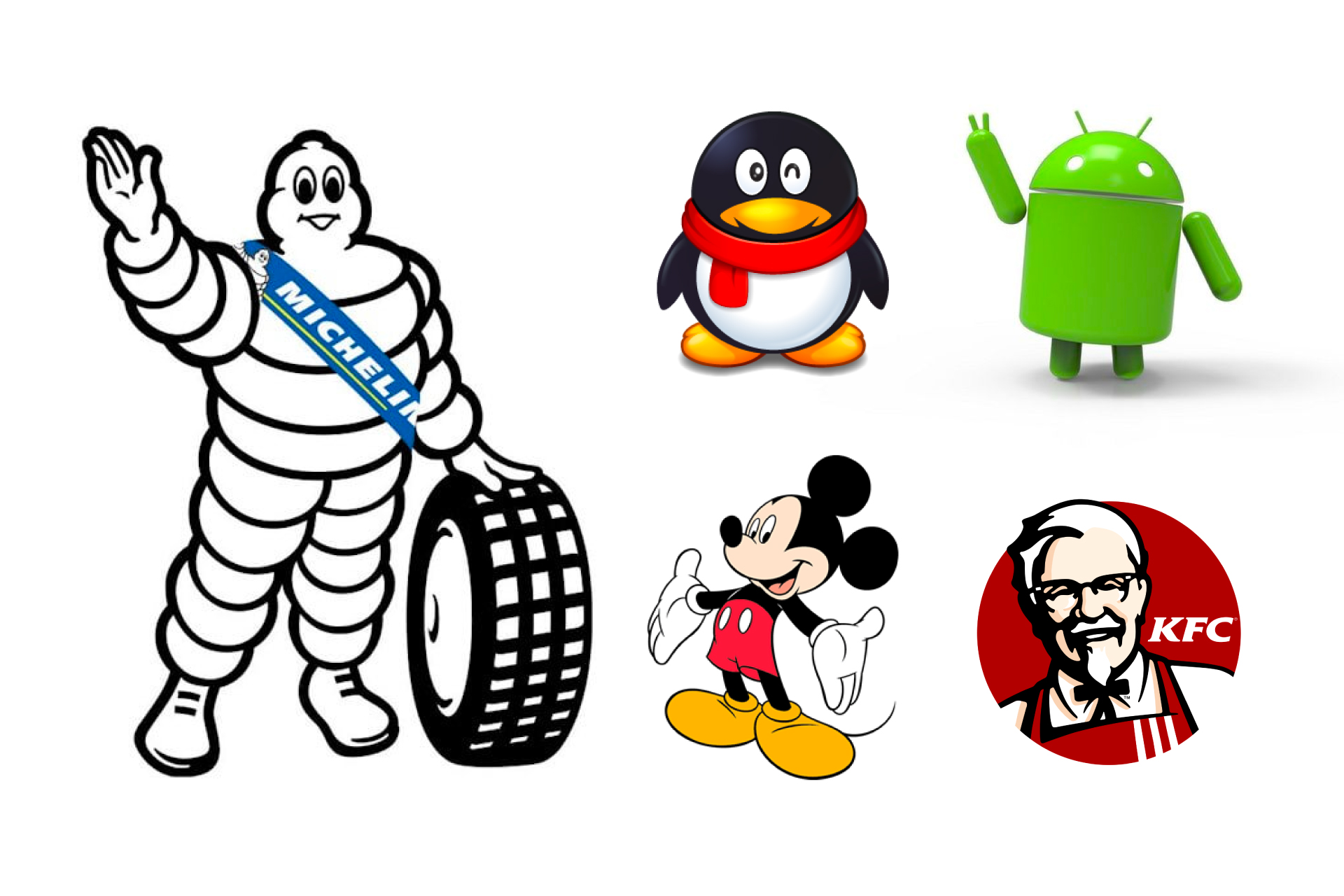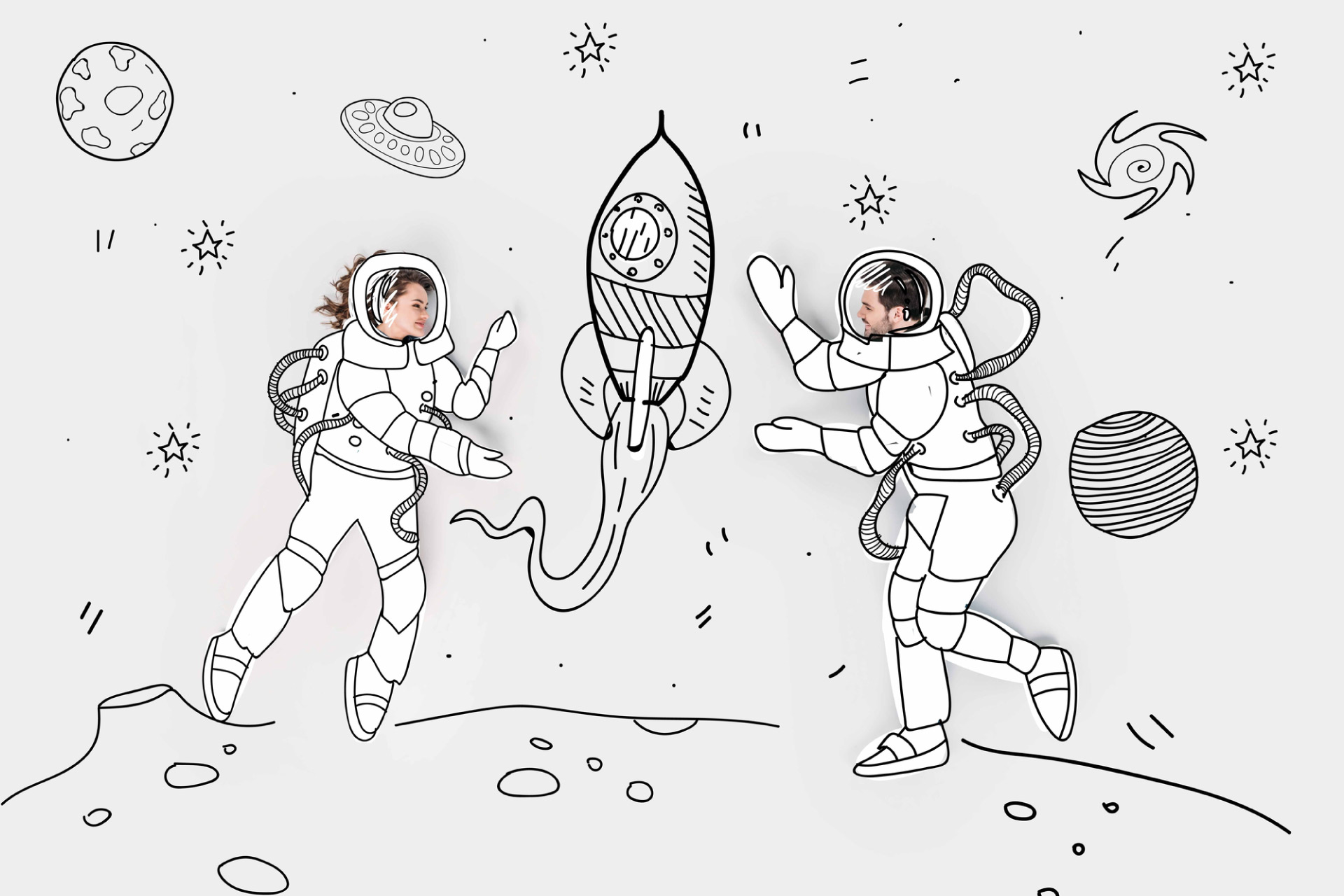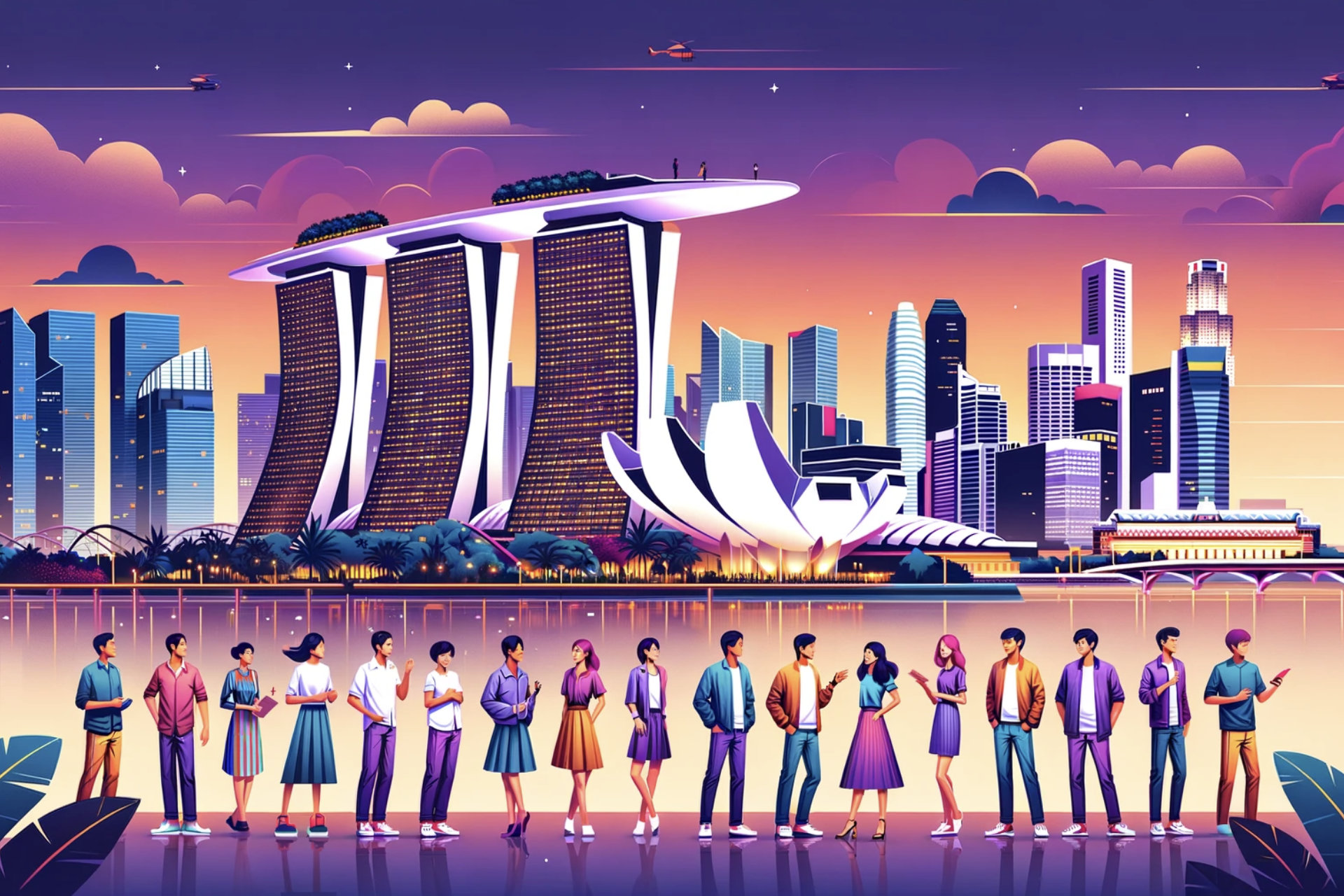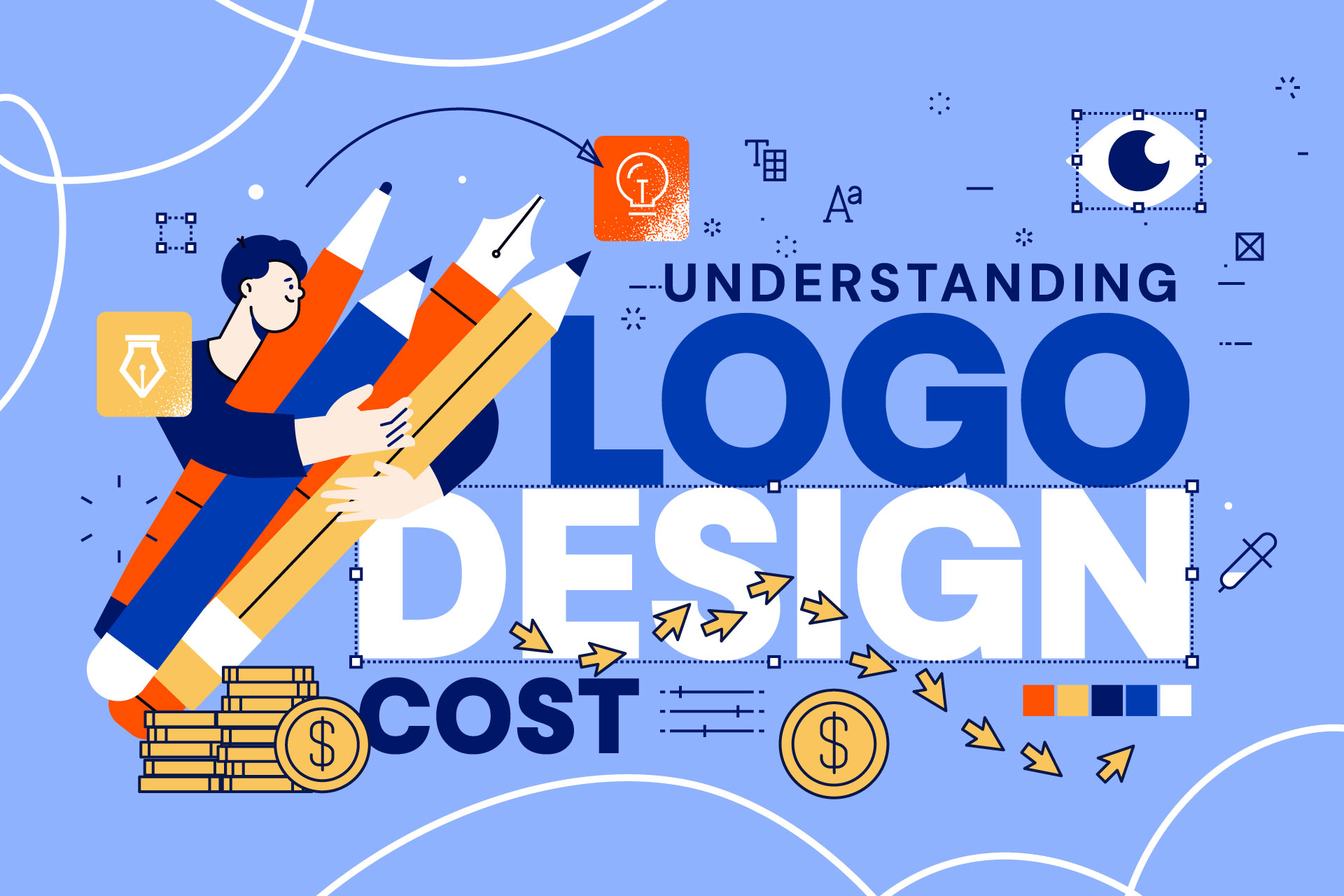Design a Business Mascot: Does Your Business Really Need One?

Mascots have been the face of many iconic brands, from the friendly face of Kellogg’s Tony the Tiger to the playful mischief of M&M’s characters.
Yet, as businesses today look to strengthen their brand identity, a recurring question emerges: “Should I design a business mascot?”
In this exploration, we’ll take a look into the world of mascots to help you determine if your business truly needs one.
Table of Contents
The Power of Mascots in Branding
Mascots have a peculiar way of cementing themselves in the hearts of consumers. Their charm often transcends a mere marketing tactic, evolving into a psychological anchor that connects consumers emotionally to a brand. Whether it’s the comfort we associate with a familiar character or the nostalgia they evoke, mascots tap into human emotions in a way few other branding strategies can.
Benefits of Having a Business Mascot
- Enhanced Brand Recognition: Just think of Disney’s Mickey Mouse or KFC’s Colonel Sanders; their mascots are almost instantly recognizable worldwide.
- Emotional Connection: A well-crafted mascot can create an emotional narrative, making your brand relatable and endearing.
- Differentiation from Competitors: In a saturated market, a unique mascot can make your brand stand out.
- Versatility in Marketing Campaigns: Mascots can be adapted to various promotions, advertisements, and even product packaging.
Potential Downsides to Consider
However, as with all strategies, there are potential pitfalls:
- Perception Risk: Some target demographics might perceive mascots as too playful, potentially diluting the seriousness or professionalism of a brand.
- Cultural Sensitivities: Without proper research, mascots can inadvertently offend certain cultures or groups.
- Rebranding Challenges: Over time, if a mascot becomes outdated or irrelevant, changing or retiring them might be challenging and costly.
Factors to Consider When Deciding on a Mascot
Before jumping on the mascot bandwagon, consider:
- Relevance: Does the mascot resonate with your brand’s message and core values?
- Target Audience: Would your primary audience connect with and appreciate a mascot?
- Adaptability: Can your mascot evolve with changing marketing strategies and channels?
- Future Relevance: Will the mascot remain relatable and effective in the long run?
Key Elements in Designing a Successful Mascot
Crafting the perfect mascot requires careful thought:
- Uniqueness: Ensure your mascot stands out and isn’t easily confused with other brands.
- Simplicity: While uniqueness is crucial, a design that’s too complex can be hard to replicate consistently across platforms.
- Emotional Resonance: Aim for a mascot that evokes positive emotions and feelings.
- Consistency with Brand Voice: Your mascot should reflect and amplify your brand’s personality.
Case Studies: Successful and Unsuccessful Business Mascots
Brands like Coca-Cola with their polar bears have seamlessly incorporated mascots to evoke feelings of joy and togetherness.
Conversely, some brands have missed the mark, with mascots that failed to resonate with their target audience or inadvertently caused controversy.
Making the Decision: To Mascot or Not?
It’s essential to weigh the pros and cons. A mascot might bring a fresh, dynamic aspect to your branding, but it’s an investment of time, resources, and capital.
Consider the potential ROI – will the mascot drive engagement, sales, and brand loyalty?
Mascot Design Trends to Look Out for in 2024
As you ponder the decision, stay informed about the latest design trends. In 2024, we’re seeing a shift towards more minimalist, adaptable mascots that can seamlessly transition between digital platforms, merchandise, and traditional media.
The Role of Design Agencies in Creating Memorable Mascots
For those considering a mascot, seeking expert insights from a reputable on-demand design agency can be invaluable.
These agencies provide a fresh perspective, backed by industry knowledge, ensuring your mascot resonates with your audience and aligns with contemporary design trends.
Should You Design a Business Mascot?
In the grand tapestry of brand-building, mascots can be a game-changer. They’re more than just characters; they’re storytellers, brand ambassadors, and emotion-evokers. So, if you’re contemplating whether to design a business mascot, remember: It’s not just about adding a character to your brand, but about crafting a memorable narrative that leaves a lasting impression.
And if you ever find yourself in need of expert design insights, remember that TripleGrowth, a global on-demand design agency, is always here to guide you through every branding challenge.
Why should a company design a business mascot?
To design a business mascot is to create a memorable and relatable figure that enhances brand recognition, fosters customer loyalty, and humanizes the brand.
How does designing a business mascot improve brand visibility?
Designing a business mascot provides a unique brand identifier, making it more recognizable in crowded markets and allowing for creative marketing campaigns.
What should I keep in mind when I design a business mascot?
When you design a business mascot, ensure it aligns with your brand values, resonates with your target audience, and remains culturally sensitive and adaptable across different platforms.
How can I tell if my brand needs to design a business mascot?
Assess your branding objectives and audience demographics. If you feel a mascot can enhance your brand’s message and appeal to your audience, it’s worth considering.
Are there any potential downsides when you design a business mascot?
Yes, if you design a business mascot that’s not well-received, it can alienate customers. Ensuring the mascot aligns with brand values and undergoes market testing is crucial.
How often should a company update its business mascot design?
Companies should periodically review their mascot design, potentially every few years, to ensure it remains fresh, relevant, and in tune with audience preferences.


